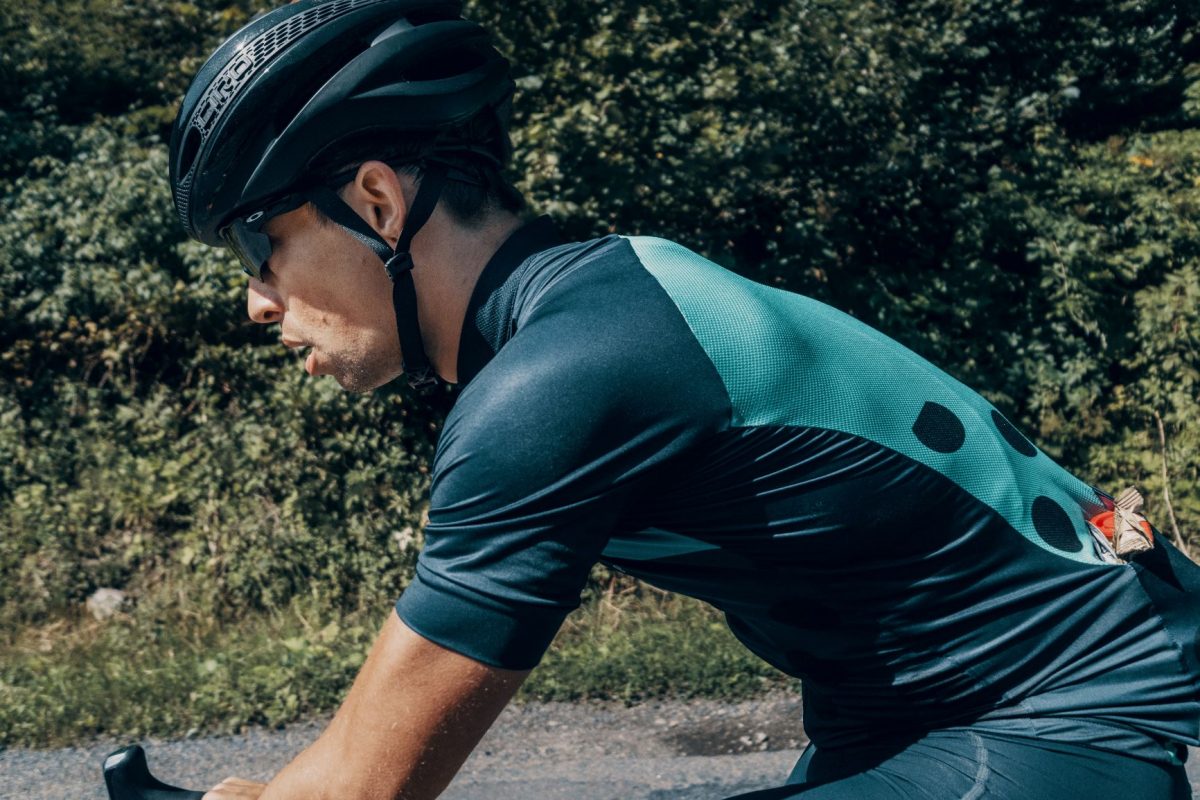At the start of the season, you should have a lot of variation in your training. And not only the duration of training, but also the cadence and choice of gear ratio. This brings results!
Tips for starting the season with a lot of variation
To be able to ride a bike really fast (and especially long and fast), you need patience and time. It is no coincidence that most successful racers are not 19 or 20 years old, but around 30. Road cycling requires a high level of training of the fat metabolism (for long rides), the ability to make frequent changes of rhythm at short notice, usually not determined by oneself (training or racing in a group), effort-saving riding in a group (drafting), and a high speed on hills. An athlete has to be versatile. In other words, don’t just ride the same lap at the same pace all the time, but rather vary both the duration and the intensity. At the beginning of the season, longer and low-intensity workouts are crucial; the longer the season lasts, the more intense workouts become necessary.
Complex pedaling: A very crucial point in the question of speed in cycling takes pedaling technique. Pedaling technique refers to the coordination of the muscles involved in the pedaling movement, i.e. how smoothly, roundly and efficiently we can ride our bikes as long and as fast as possible. The trick here is to postpone fatigue thanks to the greatest possible variety of movement. Each variation in movement leads to a change in the interaction of the muscles involved, causing them to tire less quickly.
Vary duration: Take bike rides of varying lengths, not just a long one on the weekend.
Group riding: Ride with a partner or in a group once in a while. First, it’s more entertaining, and second, you’ll be forced to adopt the rhythm of others, which means you can’t just ride you own way.
Motivation: If you do every training session in the beginning of the year, you will sooner or later have problems with motivation and feel burnt out. It’s better to skip a workout if you don’t feel like it.
Feel the pedaling motion: Imagine the pedal rotation as a circle and try to guide the pedal with your feet in the largest possible circle. Always with constant pull/pressure – no gap. Or try not to feel the pedal at all on your feet, as if there were an air cushion between the shoe and the pedal.
Sitting position: change the sitting position fluidly, i.e. slide a little forward or backward on the saddle, with the upper body more or less bent, etc. Vary the angles in the joints and thus the use of the muscles involved.
Downhill pedaling: Downhill pedaling should never be completely stopped, or the legs will be ” tight” and ” heavy” at the start of the next climb.
Vary cadence: At the beginning of the season, frequently ride small gears with a relatively high cadence (around 100 revolutions per minute). To do this, however, you can also push up an incline once with a large gear and only 60 rpm or ride up to 140 rpm in downhill passages (without bouncing around on the saddle).
Hands-free riding: If you can find a road with little traffic, try riding hands-free. You’ll notice how all your concentration immediately shifts to your legs without the pulls on the handlebars. Riding in an upright position uses more of the rear leg muscles, while riding with the upper body bent and tilted forward uses more of the front thigh muscles.
Text from FITforLIFE– This blog post was provided to us by the Swiss magazine FIT for LIFE. If you want to read regularly informative knowledge articles in the field of running and endurance sports, click here.

